10 Types of Hemlock Trees That Exude Majesty & Strength
Author: Jen Worst | Editor: Omar Alonso
Review & Research: Jen Worst & Chris Miller
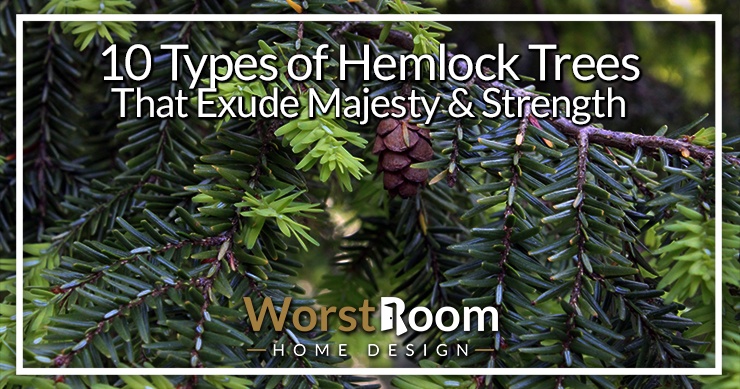
Embellishing the yard with greenery can certainly make a house look beautiful. It's not just the structural foundation of your home but also the surroundings that count. Among the most used ornamental trees for decoration are the several types of hemlock trees.
For people who value aesthetics and incorporate it into their living space, then adding Tsuga (hemlock tree) to the yard can increase the overall elegance.
Before that, it is crucial to know about the different types of hemlock trees because there are six different kinds, and your house might need something particular to make it look good.
Here in this article, we will discuss all the hemlock species so that it helps to adorn the yard more beautifully.
10 Types of Hemlock Trees
Tsugas are found mostly in wet habitats like mountains, forests, riversides, and such places. These trees look strikingly beautiful with their spaced-out leaves and drooping branches that people now have started to cultivate hemlocks in places surrounding their homes.
To attain adequate growth, it is important to ensure rain and snowfall throughout the year. According to research, six different species of hemlock come from the Asia region, whereas 4 of them come from America. Without further ado, let's check out the classifications below.
Eastern Hemlock Tree
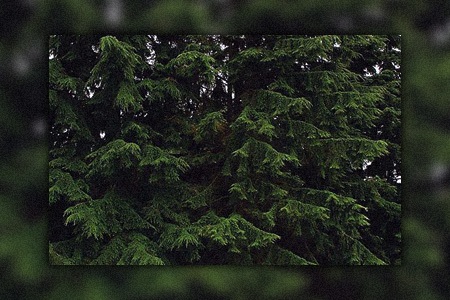
The Eastern Hemlock is also known as the Tsuga canadensis, sometimes referred to as a Canadian Hemlock tree. It is an ideal habitat for small mammals, birds, rabbits, deers, and others. This tree has a nature to grow slowly, which means it takes a long time (almost 2 decades) to reach its ideal height.
These hemlock varieties do grow at a snail's pace, but the longevity is extraordinary. Eastern Hemlocks are known to live for thousands of years and more. These hemlock trees can grow between 40 to 70 feet in height and spread between 25 and 35 feet in diameter.
This particular kind is similar to a Christmas tree in terms of looks. It has needle-like leaves with branches shaped like a pyramid, with hanging cones. The structure and the characteristics of this tree are such that it can grow in shades and can last light droughts without any issues.
Eastern Hemlocks need well-drained soil and partial sunlight to grow. It must be protected from pesticides like Hemlock Wooly Adelgid, needle rust mite, bagworms, etc. Such trees must be kept in places where the winter winds are not harsh. If taken care of properly, it's likely to observe male and female flowers on eastern hemlock.
These trees provide a habitat for over 120 species including bears, bobcats, hares, squirrels, porcupines, and more. Beyond this rich biodiversity they provide, they're used by humans in paper manufacturing, pulp, mulch, and for lumber. These trees are the dominant species on 2.3 million acres in the southeast USA and grow on over 19 million acres in the area.
Western Hemlock Tree
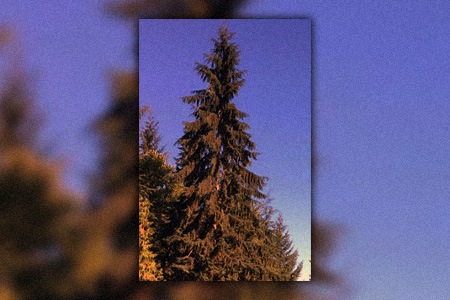
The Tsuga heterophylla (western hemlock) is a tree that can grow up to 50 meters in height. For it to be placed in a backyard, the place has to be spacious enough to accommodate such a mammoth tree. This tree grows a crown narrower than the eastern hemlock and has down-sloped branches.
It has needle-like leaves with a soft and flat texture to them. Western hemlock has reddish and greenish cones which turn to dark brown as the tree ages. This tree is particularly suited to areas like USDA zone 6 and zone 8.
If anyone plans on having western hemlocks in their yard, they have to make sure the area is big enough to showboat this giant. Ensuring an adequate quantity of solid and moisture this tree can reach up to 250 ft in height and 40 ft sideways.
Western types of hemlock trees cannot withstand drought and heat and must be placed in an area where there is no dearth of such things. This tree is an excellent food source for small animals, birds, deers, and elks.
A downfall about western hemlock is that it won't live up for a thousand years like the eastern hemlock, but will last for 150 years on average. Some sub-types you can find in this category are Iron Springs hemlock and Thorsen's Weeping hemlock trees.
Taiwan Hemlock Tree
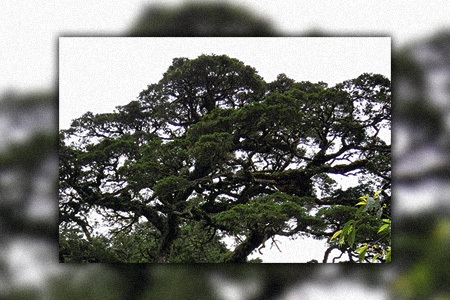
The Taiwan Hemlock tree is scientifically known as Tsuga chinensis. It is not like other hemlocks out there and differs in shape, size, and appearance. This coniferous tree can reach 150 feet in height and 5 feet in width.
What separates this tree from other hemlocks? The appearance. It doesn't have a pyramid-shaped canopy but rather a long trunk and bark topped with the needle leaves.
It has flat leaves that come in olive green color. There are grooves on the top end, whereas the bottom has white stomatal bands. There are pollen cones on the shoot that can turn out to be 6mm in length. They have a faded purple color which turns to dark brown in time.
Where can you find these hemlock trees? Well, it is native to Asia, mostly it can be seen in China, Vietnam, and Tibet. A positive about this tree is that it can withstand wooly adelgids, which other hemlocks fail to do.
Taiwan hemlocks are not ideal for backyard planting, it is best and well suited for mountains and nature reserves because of their shape and size. They make me think of the various types of elm trees in terms of biomes.
Carolina Hemlock Tree
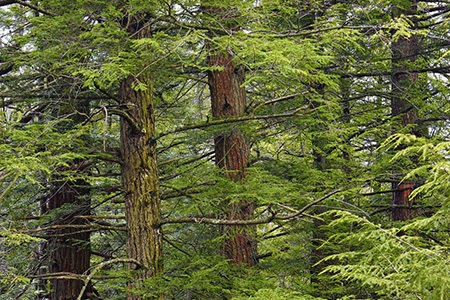
The botanical term for this hemlock tree is Tsuga caroliniana. It is native to North America and can be found in the Appalachians. This variation is like the mountain hemlock and can grow very tall, up to 99 feet, in a wild environment.
If put in backyards, it should grow to be within 60 feet tall. The Carolina hemlock has seed cones longer than the eastern hemlock. The tips of the Carolina hemlock have a short, glossy, and needle-like structure.
There are two stomata on Carolina hemlock leaves, one on the back end and another on the front. The leaves in it produce brown cones that can be 3cm in length. Visually they make me think of the different types of cedar trees in the Appalachian region.
Being a mammoth and beautiful tree, it is not far from danger. These types of hemlock trees have chances of getting destroyed by wooly adelgids.
The hemlock wood is believed to be useless for human use, but it does provide benefits for the wild. The Seeds and woods provide food and shelter for rabbits, beavers, birds, and other mammals.
Southern Japanese Hemlock Tree
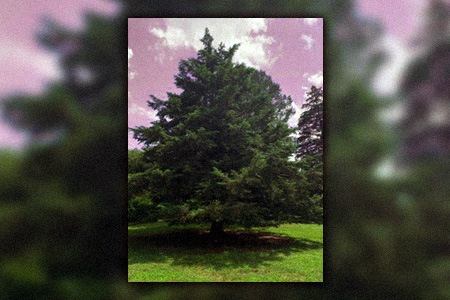
This tree is biologically known as Tsuga sieboldii and is native to South Korea and Japan. The Sieboldii can grow very tall and can reach up to 100 feet. This particular kind is mostly found on slopes and mist mountains.
In terms of appearance, the Siebildii has flat needle-like leaves like other hemlocks, which also produces pale brown cone seeds. It also has scaly barks and hairless twigs.
On the leaves, there are notable white stomatal bands that help to uptake the CO2 and curb water loss due to evaporation.
In comparison to other hemlock tree varieties, the Japanese hemlock has denser and broader leaves that are on the shiny side.
In general, it looks like a humongous Christmas tree and can be put in the backyard to decorate the place elegantly. This tree is a habitat for many small mammals and birds. It also works as a food source for numerous species.
Northern Japanese Hemlock Tree
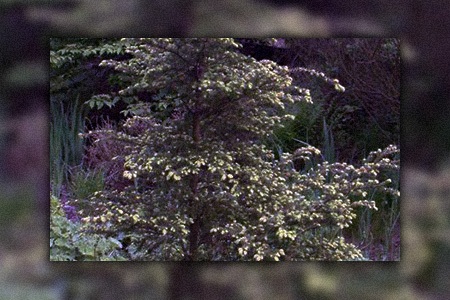
Scientifically referred to as the Tsuga diversifolia, the Northern Japanese Hemlock tree. Some sub-types of hemlock trees you'll find in this category include Loowit hemlock and Minikin hemlock.
Northern Japanese hemlock varieties have smaller, blunted needles, often described as grains of rice (probably due to where they come from more than the actual size and appearance). The shoots of branches produce these needles which can have a silver bottom to them, giving the entire tree a sense of sparkling with enough wind.
While it's a tree that grows slower than others, relatively speaking, and one that takes on a spherical shape at first, as it matures it will grow faster and taller, taking on a more oval appearance.
These types of hemlock trees are hardy and can tolerate full sunlight and partial shade, too. Just make sure the soil is moist and drains well and you'll have an easy time growing these hemlock species. I feel they look pretty nice grown among a spread of various types of redbud trees.
Himalayan Hemlock Tree
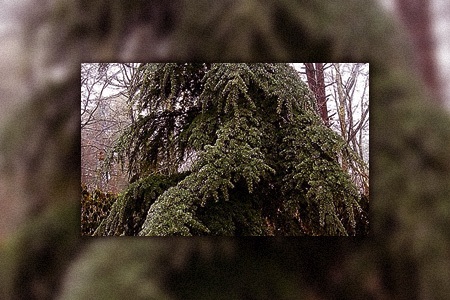
Classified as Tsuga dumosa, the Himalayan Hemlock tree can be found in their native environments in Tibet, Vietnam, Bhutan, India, Nepal, and Myanmar. The Chinese people refer to it as Yunnan tieshan. It's used in the construction of furniture in those regions, and in Europe and North America it's mainly an ornamental hemlock species.
These will grow usually to around 75 feet tall but in some cases up to 130 feet. The diameter of the trunk is usually around 20 inches but can be as thick as 40 inches. Their sparse branches produce shoots that have leaves arranged in a spiral configuration.
You can expect them to flower between April and May, with fruiting occurring in October and November. They're adapted to colder climates and appreciate a lot of rainfall and higher humidity. They like and need plenty of moisture.
Forrest's Hemlock Tree
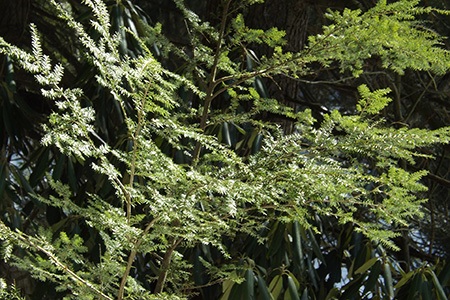
Tsuga forrestii, as scientists call it, is better known to the common person as the Forrest's Hemlock tree. They're considered vulnerable hemlock tree varieties by the IUCN. They're natively grown in the northern hemisphere.
These hemlock varieties can grow up to 100 feet tall, plenty enough to show off their simple needle leaves and their spine shaped cones. These conifers in the Pinaceae family can be found in mixed forests, typically within valleys and on mountains around altitudes of 6,600 to 9,800 feet.
The reason they're considered vulnerable and under threat is that the mixed forests of Guizhou, Sichuan, and Yunnan have been undergoing the process of clear-cutting for access to the wood.
Ulleungdo Hemlock Tree
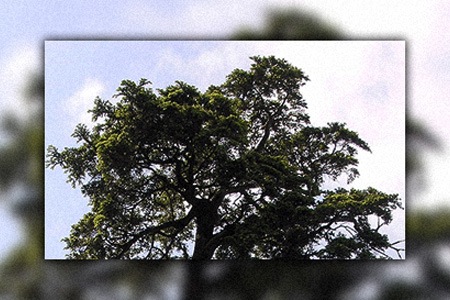
Ulleungdo Hemlock trees may have a name that's hard to pronounce, and the scientist's name for it doesn't help either, which is Tsuga ulleungensis. It was formally classified after being discovered in 2017 on the Korean Ulleungdo island.
It was the first new species in over a decade to be discovered, and was quickly grouped with other "temperate climate conifer trees". At maturity it can reach 70 feet high with a trunk diameter of 32 inches at the breast height.
These types of hemlock trees produce glabrous twigs and foliar buds. The needle leaves grow in linear fashion with attenuated bases. The cones are of a reddish and purple shade and will grow around 1/6th to 1/3rd of an inch long. The cones have about 20 to 26 cone scales per cone.
Mountain Hemlock Tree
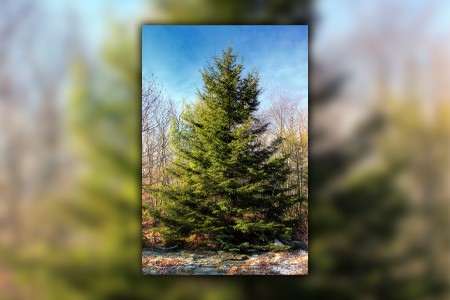
The mountain hemlock (Tsuga mertensiana) is one colossal giant. It can reach 50 feet in height and 2- feet in width. Similar to Western hemlock, these trees also grow best in USDA 6 and 8 zones.
Mountain hemlocks have dense foliage and conifers in a pyramidal shape. It is easier to manage than the western hemlock, but it can be tricky to incorporate such a big tree into someone's landscaping plans.
This tree is also known as the black hemlock. It is a native green from North America with a cylindrical shoot and grey bark. It has the same needle-like leaves with a greenish-blue tone on the upper layer, green midrib, white and blue stomata.
As this tree ages, it boasts an abundance of cones like most hemlocks do. The cones pollinate and turn to reddish-brown color with time. This hemlock tree is found on the North American coast mostly partnering with yellow cedar, amabilis fir, and others.
The good thing about mountain hemlock is that it is known to have medical benefits. The bark of this green is diuretic and diaphoretic. The twigs can be healing ingredients in tea to cure bladder issues, kidney problems, influenza, etc.
Some sub-types of trees you'll find in this category are Elizabeth hemlock trees and Glacier Peak hemlock trees. The differences become smaller, of course, when you're working with these siblings rather than cousins across higher families. Look for any of the types of aspen trees while you're out, too. Might as well make a game out of it!
Types of Hemlock Trees to Bring Maturity to Your Property
Who doesn't want to grace their yard with some beautiful trees? When it comes to selecting greens for your yard, there is nothing better than hemlock trees. Adding hemlocks, not only makes your place appealing but also has tons of medical benefits.
Hemlock species are also known for their sheltering capabilities and being a food source for many birds and animals.
These eye-catching trees can dwell in the wild but can also be incorporated into neighboring house spaces. Adding such trees can be tricky if you don't know the classifications. This article hopefully has helped you learn about the different types of hemlock trees in general, aiding you to pick the fitting ones for your garden or deck.



